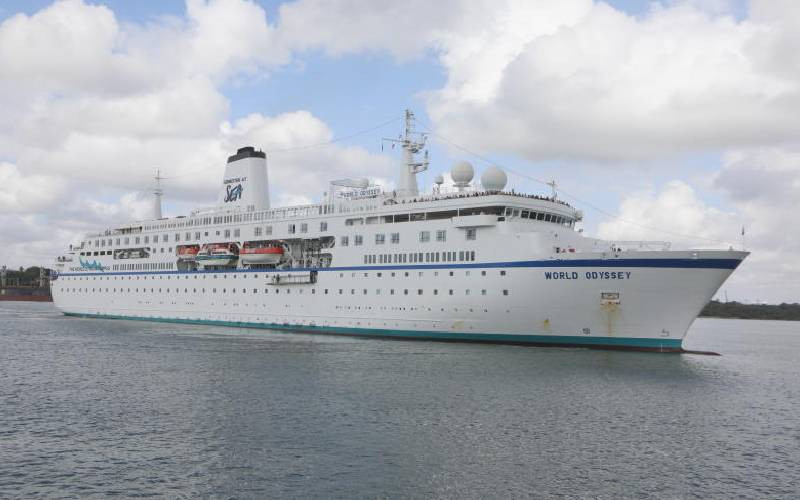×
The Standard e-Paper
Home To Bold Columnists

At the Mombasa Port berth number one lies a cruise terminal regarded as the best along the East African coastline.
The modern terminal allows the berthing of two Oasis-class ships (some of the world's largest passenger ships) to dock simultaneously but is yet to capture the cruise ships market mainly dominated by European and American destinations.